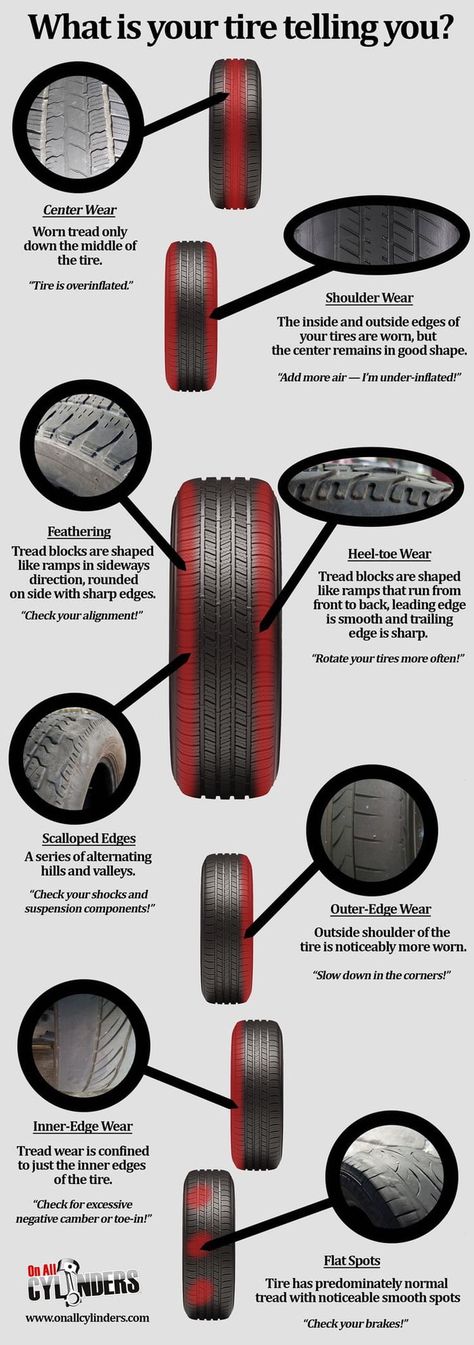For many car owners, tire rotation is at the very bottom of their maintenance checklist. But it’s one of the simplest, yet most critical maintenance activities. After all, no matter how great the condition of your vehicle, if the tires are in bad shape, your car might not perform at the intended level.
One reason for ignoring tire maintenance is the fear of mounting car ownership costs. These expenses can add up to a sizeable amount over time, but they're crucial for keeping your vehicle in good shape. With that in mind, how much does a tire rotation cost? And does your car really need it? In this article, we're going to help you find the answers.
In simple terms, a tire rotation involves switching your vehicle's four tires. This is essential since tires usually wear unevenly because of the different levels and types of stress they endure at each wheel. For example, in front-wheel drive vehicles, front tires typically wear out faster than the rear ones. And if you’re frequently taking sharp right turns, it could put extra stress on your left front tire.
By rotating tires regularly, you can help achieve similar wear on all four tires over time. It alternates the levels of stress so that one tire doesn't get worse than the others. Ideally, this should prevent you from needing to replace your tires more often because they'll all be wearing down evenly.
Rotating your tires on a regular basis can also reduce the strain on drive components and provide better traction and handling when you're making those sharp turns or stepping on your brakes to come to a sudden halt. Therefore, in the long-term, tire rotations may yield significant cost savings when it comes to tire replacements and general maintenance. Having your tires rotated could even improve the vehicle’s overall performance and provide better fuel efficiency. This means you may save money at the gas station, too.
In many cases, it might be a mandatory requirement for tire warranties to remain valid, so you'll have to do it if you want to keep your tires covered. But most importantly, it could improve road safety for you and your loved ones. That's something you should never leave to chance.
But most importantly, it could improve road safety for you and your loved ones. That's something you should never leave to chance.
Mechanics typically recommend a tire rotation every 5,000 to 8,000 miles, check your owners manual for the manufacturer’s recommendations. That’s around every six to 12 months, but this could depend on several factors. For example, the tire rotation frequency could vary based on your car’s make and model. If you’re using a newly bought vehicle, then the owner’s manual can guide you on this.
A car that undergoes rough handling may also need more frequent tire rotations. The weight of the vehicle could have a say in this, too. And a new set of tires usually require a rotation sooner. This is because uneven tread wear would be more pronounced on new tires than on their older counterparts.
You can also gauge uneven tire wear on your own with a visual inspection. If you haven’t rotated the tires in a while, you may notice different levels of tread wear on each tire.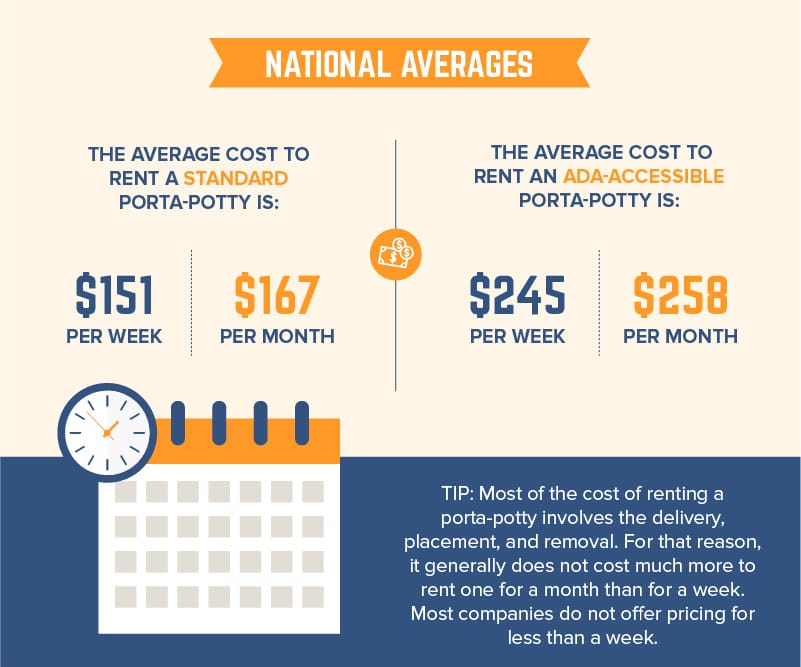 Also, watch out for frequently low tire pressure on one or two tires or a vibration when you’re driving at higher speeds. All these could signal that it’s high time for a tire rotation.
Also, watch out for frequently low tire pressure on one or two tires or a vibration when you’re driving at higher speeds. All these could signal that it’s high time for a tire rotation.
If in doubt, speak to a qualified mechanic for advice on when you should rotate your tires.
Generally, a tire rotation could cost somewhere between $24 to $50. But sometimes, it could even go up to $120. What you pay might depend on where you go and what other services you get.
Some car owners who are looking to cut down on maintenance costs may choose to perform this task on their own, but it’s usually best to hire a qualified mechanic. Taking your car to a professional could give you an opportunity to get a quick visual inspection done by an expert.
For instance, they could check for uneven tread wear on the inside and outside parts of a tire, which may mean a more serious issue that requires attention. Your mechanic could also advise you on the best tire rotation pattern for the car.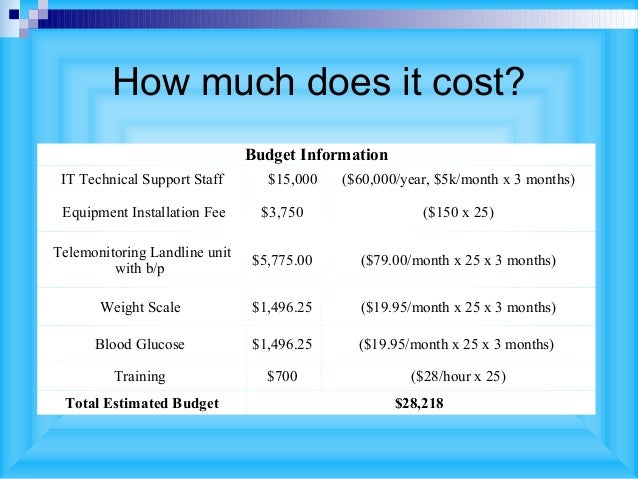 This would depend on several factors such as your vehicle and tire type.
This would depend on several factors such as your vehicle and tire type.
At the end of the day, tire rotation costs should not prevent you from getting your tire maintenance work done on time. The benefits of having this service performed regularly usually outweigh the cost. If you find your mechanic’s quote to be on the high side, don’t be afraid to shop around and find somewhere more affordable.
Here are a few other tips to keep in mind when thinking about tire rotation:
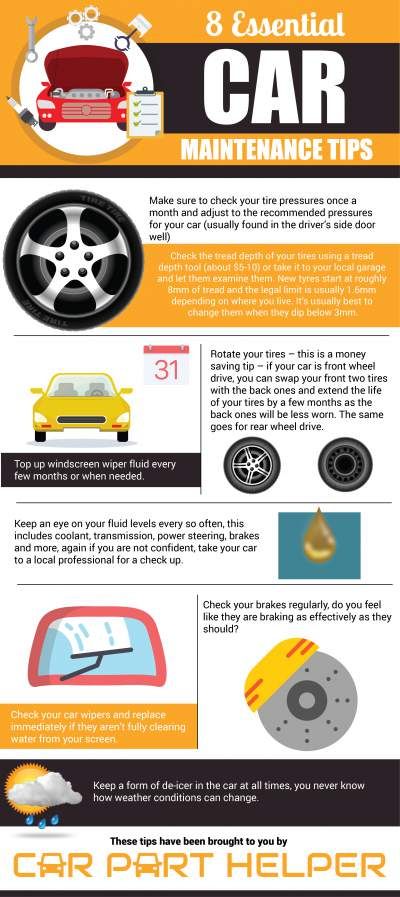 And uneven wear might signal that the car hasn't gone through regular maintenance. Understanding these could help you negotiate a better deal.
And uneven wear might signal that the car hasn't gone through regular maintenance. Understanding these could help you negotiate a better deal.Unlike an oil change or a brake disc service, you may not encounter immediate troubles if you forget to schedule a tire rotation. But the consequences of continuing to neglect it could be costly, not just financially, but also in terms of safety. Remember, the performance of your entire car may ride on your tires, quite literally. So, regular tire rotation and maintenance should not be just an afterthought.
Tire rotation is a vital maintenance service that should be performed regularly—though it’s easy to forget. If you haven’t had a tire rotation recently, you may be wondering how much it’ll cost.
Tire rotations aren’t usually expensive. Yet they can save you thousands on premature tire replacements and undue suspension repairs. And usually, it’ll be done within an hour. So how much does such a vital service cost?
So, how much does it cost to get a tire rotation? The average price of a tire rotation costs between $35 for a basic job to $100+ for an extensive service on a tricky vehicle. Most customers walk out the door spending less than $100, including taxes, and spend an average of 40 minutes waiting for the job to be finished.
A tire rotation is one of the least pricey and most important regular services for your car. However, most tire rotations aren’t just a rotation, and several factors can increase the cost. If you opt for tire balancing and an alignment, the cost can quickly jump to $150, especially if your car is overdue for either.
We sourced the information in this article from careful research and industry pricing trends. We also drew off our professional experience working in the wheel and tire industry.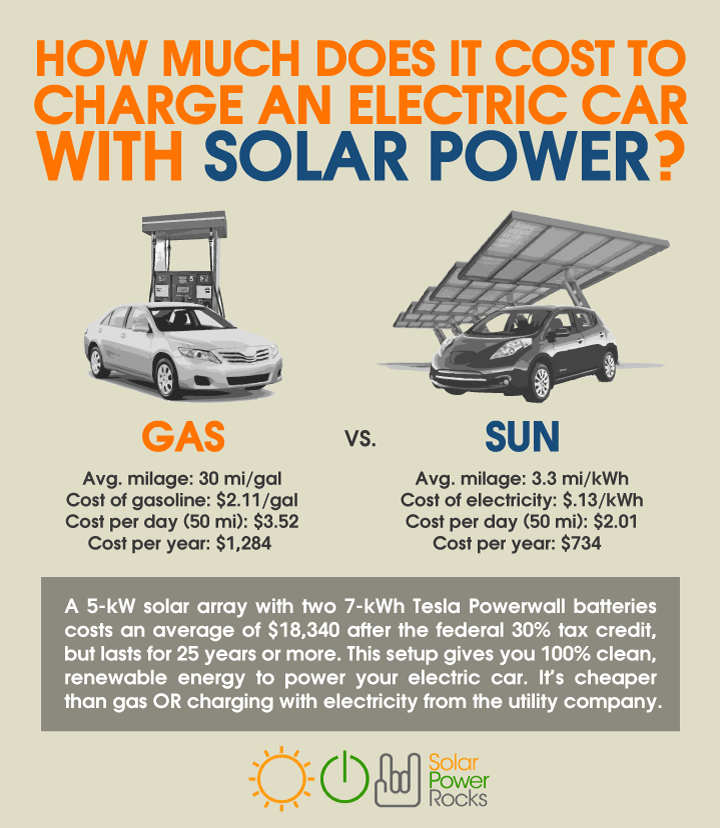
Before we get into tire rotation pricing, let’s cover what the service really means and why it’s so important. A tire rotation simply rotates the tires around the car. In many cases, this is a simple task—but depending on the type of car, it may be more complex and labor-intensive.
Roads are imperfect, and mechanical stress on various parts of a car differs widely. For example, the weight of the engine over the front wheels can cause the tires to wear faster than the back wheels—though a rear-wheel-drive vehicle may wear the rear tires faster.
Another comparison between the front and back wheels has to do with steering. A back tire may never use the outer bands of the tread, as the wheels are laterally fixed. However, the variations caused by steering the front wheels may wear the outer tread more significantly.
A tire rotation moves the tires around, allowing them to wear down more evenly as they’re exposed to the same stresses over the life of the tire. Without a tire rotation, you’ll get unevenly-worn tires that will need to be replaced sooner, even though some areas have very little wear.
Without a tire rotation, you’ll get unevenly-worn tires that will need to be replaced sooner, even though some areas have very little wear.
The tire rotation process itself depends largely on the type of vehicle, wheel sizes, and tire types.
In the past, a tire rotation was performed by simply unbolting each wheel and ‘rotating’ it one forward or one back. By the end of this process, each wheel will have advanced one single position. Another common procedure for traditional rear-wheel-drive vehicles was to simply swap the front and rear tires.
However, modern cars with varied drive lines have a different procedure. The process is further complicated if the wheels on the front are a different size than they are on the rear, which is common in luxury and performance cars made by companies such as BMW.
For most typical cars and light trucks, a tire rotation is one of the least expensive services you can receive. The lowest cost of a tire rotation hovers around $35 to $50, and it’s usually done in less than an hour.
The lowest cost of a tire rotation hovers around $35 to $50, and it’s usually done in less than an hour.
However, luxury cars and larger vehicles tend to be more expensive to service, and tire rotation may be effectively impossible. These vehicles cost upwards of $200 for a tire rotation, and they may require total tire replacement in about half the mileage of a standard car with equally-sized wheels and tires.
Often, people opt to have their tires balanced and (perhaps) receive an alignment as well, which can cost at least $20 to $30 extra. Despite the increased cost, this procedure is usually necessary as wheels should be balanced at regular intervals—especially as tires wear down.
The vast majority of cars sold today are front-wheel-drive, or FWD. This means that the engine (which is usually horizontally-oriented) sends the power to the front wheels, which also do the steering. As you can imagine, this causes the front tires to wear out faster than the rear tires.
In a standard FWD car, like a Honda Civic or a Toyota Corolla, a technician will typically rotate the front and rear tires in an “X” pattern. The rear passenger wheel and tire go to the front driver’s side, and the rear driver’s side wheel and tire go to the front passenger side.
Basic front-wheel-drive cars are usually the least expensive to service, as the tires hardly ever need to be removed from the wheels. The average cost of a front-wheel-drive tire rotation is between $40 and $70, and the job time is less than an hour.
Rear-wheel-drive (or RWD) vehicles were once the standard configuration for cars and trucks. This began to change in the 1980s, as the advantages of FWD for commuter cars made them a preferable option. Still, the procedure for rotating RWD tires is virtually identical to FWD cars, and the cost remains the same.
The cost to rotate a typical RWD vehicle’s tires is between $30 and $80. It can cost more due to the generally increased size of the tires on older vehicles. Today, most RWD vehicles are pickup trucks or performance vehicles, which have their own sets of challenges that we’ll cover later.
Today, most RWD vehicles are pickup trucks or performance vehicles, which have their own sets of challenges that we’ll cover later.
All-wheel-drive (or AWD) vehicles are known for wearing out tires fast. It’s especially important to have your tires rotated regularly if you have an AWD vehicle due to the increased wear speed and the widely varied power loads.
Most AWD vehicles distribute more power to the front wheels. But since the rear wheels also get power, the tires are worn out extra fast (but faster in the front). This complicates the process. Additionally, skipping tire rotations may cause your tires to wear out beyond the point of rotation—in which case you’ll need a whole new set prematurely.
AWD tires should not be rotated front-to-back or in a circle. Most shop techs agree (as do most manufacturers) that AWD tires should be rotated in an “X” pattern. This has become the standard procedure for most vehicles today.
The cost of an AWD tire rotation will be about the same as a standard RWD or FWD car, provided that the wear isn’t too uneven. These tires will likely require balancing at each rotation, which can increase the cost up to 50%. A safe estimate is $80 to $100 at most tire shops for an AWD tire rotation.
Many people incorrectly assume that AWD and 4WD systems are the same. In most cases, they’re not—and a 4WD vehicle likely costs less to service than an AWD car. 4WD (also known as 4x4) is usually designed to run part-time only. This means that, on pavement, the vehicle almost exclusively uses the rear wheels for power unless the operator manually switches into 4WD.
4WD is not designed for dry pavement. In fact, using 4WD on asphalt can seriously damage the entire system—including the tires. Most expensive tire rotations are the result of improper 4WD use over an extended period of time.
If a 4WD system is operated and maintained correctly, the cost (and procedure) to rotate tires is usually the same as a 2WD system and rarely costs more than $100.
Electric vehicles are relatively new to the market. Yet they’ve quickly garnered a notorious reputation for burning through tires, and thus, needing more frequent tire rotations.
This is because electric vehicles apply 100% of their torque immediately, which is a massive strain on tires. A conventional car has a powerband and doesn’t reach peak performance until well after the tires begin to move. Electric vehicles are always at peak performance, which causes progressive tire wear.
Electric vehicle tires should be rotated every 3,000 miles for long life. The procedure itself usually costs about $80 to $100 and must occur more frequently than conventional vehicles.
The type of tire you have can increase the cost of a tire rotation. For example, large off-road tires (when used primarily on pavement) can wear down unevenly—and quite rapidly too.
Shop techs don’t like lifting massive wheels and tires, and balancing them requires more time and materials.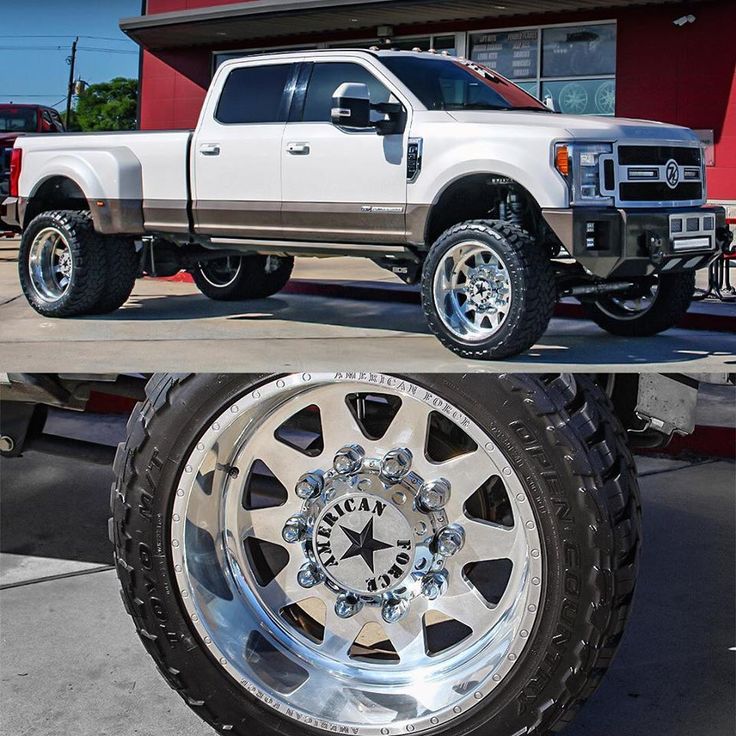 These factors can increase the price of tire rotations for big trucks and SUVs.
These factors can increase the price of tire rotations for big trucks and SUVs.
Today, it’s increasingly common for new vehicles to use larger wheels and tires in the rear. This is for traction and stability and may even increase fuel economy. However, it poses a problem for shop techs: cars with different tires in the back can’t receive a full rotation.
The cost of the rotation and balancing will be about the same and range from $40 to $100. However, techs will only be able to rotate the tires side-to-side and not back-to-front. Over time, this will decrease the life of the tires by up to 30% or more.
Yes, you can rotate your own tires virtually for free—but you won’t get the added benefit of tire balancing. As tires wear down, the need for counterweights increases. An unbalanced tire can cause dramatic vibrations on the highway and even throw off your alignment.
All you need to rotate tires is a jack and a tire iron. These items cost no more than $75 total, and they can be reused indefinitely. For the lowest-priced full tire service, simply remove all four wheels and take them to a tire shop for balancing prior to rotation. Be sure to leave the car on blocks or jack stands.
These items cost no more than $75 total, and they can be reused indefinitely. For the lowest-priced full tire service, simply remove all four wheels and take them to a tire shop for balancing prior to rotation. Be sure to leave the car on blocks or jack stands.
Price list for tire services for passenger cars
| Cost of standard service packages (for 4 wheels) | |||||||||||
| No. | description | 13 | 14" | 15” | 16” | 17” | 18” | 19” | 20” | 21” | 22” |
| 1. | Price per set (profile 55 and above) |
950 |
1100 |
1300 |
1500 |
1700 |
1900 |
2100 |
2000 |
2700 |
2900 |
| 2. | Coefficient for low profile tires profile 50 and below/SUV/commercial vehicles | + 20 | |||||||||
| Prices for tire fitting services (for 1 wheel) | |||||||||||
| No. | Name of work | 13 | 14” | 15” | 16” | 17” | 18” | 19” | 20” | 21” | 22” |
| 1. | Removing and installing wheel | 60 | 80 | 90 | 120 | 150 | 160 | 160 | 170 | 190 | 200 |
| 2. | Removing the tire from disc | 60 | 80 | 90 | 100 | 100 | 140 | 140 | 170 | 180 | 180 |
| 3. | Mounting tire on rim | 60 | 80 | 90 | 100 | 100 | 140 | 140 | 170 | 180 | 180 |
| 4. | Balancing | 100 | 100 | 100 | 120 | 150 | 160 | 160 | 190 | 200 | 240 |
| Total: | 280 | 340 | 370 | 440 | 500 | 600 | 600 | 700 | 750 | 800 | |
| Additional services: |
|
|
| ||||||||
| 1. | Installation of weights kit (self-adhesive + stuffed) | 50 | 50 | 60 | 60 | 70 | 70 | 80 | 80 | 100 | 100 |
| 2. | Valve installation | 40/80 | 40/80 | 40/80 | 40/80 | 40/80 | 40/80 | 40/80 | 40/80 | 40/80 | 40/80 |
| 3. | Installing a customer valve | 20 | 20 | 20 | 20 | 20 | 20 | 20 | 20 | 20 | 20 |
| 4. | Checking, pumping pressure | 20 | 20 | 20 | 20 | 20 | 20 | 20 | 20 | 20 | 20 |
| 5. | Packing the wheel in a bag | 30 | 30 | 30 | 30 | 30 | 30 | 30 | 30 | 30 | 30 |
| 6. | Replacement of one spool | 20 | 20 | 20 | 20 | 20 | 20 | 20 | 20 | 20 | 20 |
| 7. | Plastic cap (1 pc.) | 20 | 20 | 20 | 20 | 20 | 20 | 20 | 20 | 20 | 20 |
| 8. | Camera installation | 50 | 50 | - | - | - | - | - | - | - | - |
| 9. | Camera repair | 100 | 100 | 100 | 100 | 100 | 100 | 100 | - | - | - |
| 10 | Sealing one side of the wheel with bead seal | 100 | 100 | 100 | 100 | 110 | 110 | 150 | 150 | 170 | 180 |
| 11 | Temporary |
100/ |
100/ |
100/ |
100/ |
100/ |
100/ |
100/ |
100/ |
100/50 |
100/50 |
| 12 | Tire repair | 150 | 150 | 150 | 150 | 150 | 150 | 150 | 200 | 200 | 200 |
Vulcanization:
|
| Consumables | Price |
| 1. | 112 patch | 500 |
| 2. | 114 patch | 600 |
| 3. | 115 patch | 700 |
WARNING! WHEN REPAIRING TIRES, THE COST OF TIRE WORKS IS CONSIDERED SEPARATELY
Is it time to switch from winter to summer tires? Come to our car service to change tires by prior online appointment.
Shesteryonka car services are equipped with modern Italian balancing equipment RAVAGLIOLIM and a tire changer CORCHI , which allows tire fitting for wheels ranging in size from 12" to 30", including for low profile tires and type 9 tires0009 Run Flat.
In addition to tire fitting and wheel balancing, you will receive high-quality services for all types of repairs, including puncture and side cut repair, as well as washing and cleaning wheels.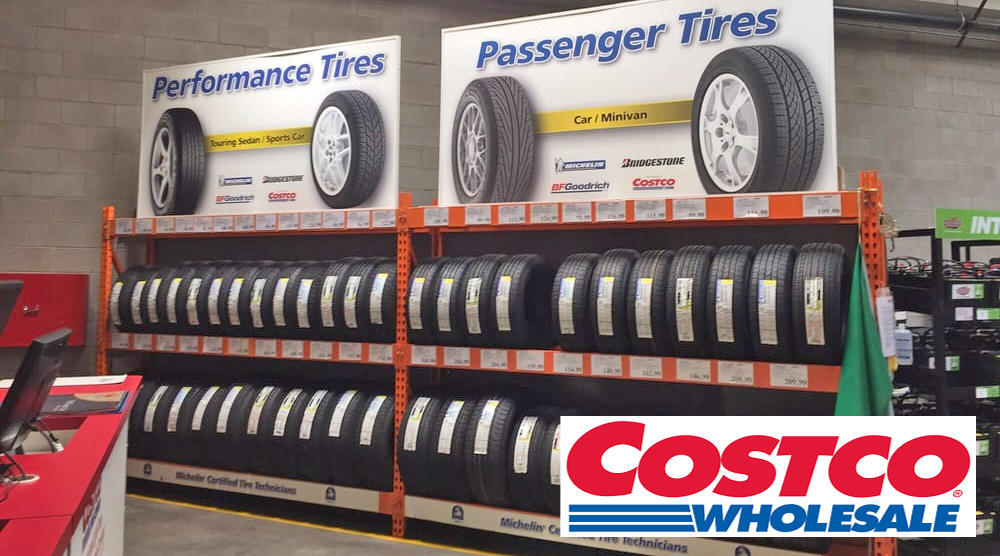 Service centers "Shesterenka" have the status of certified services that have the right to perform tire fitting and wheel balancing.
Service centers "Shesterenka" have the status of certified services that have the right to perform tire fitting and wheel balancing.
| Cost of work | ||||||||
| R12-14 | R15 | R16 | R17-18 | R19+ comm. transport | ||||
| light | implemented | light | implemented | light | off-road | |||
| Wheel - remove/attach | 90 | 100 | 120 | 110 | 150 | 140 | 170 | 170 |
| Wheel - balancing | 90 | 100 | 120 | 110 | 150 | 140 | 170 | 170 |
| Wheel assembly | 80 | 90 | 100 | 90 | 130 | 120 | 130 | 150 |
| Wheel - removal | 80 | 90 | 100 | 90 | 130 | 120 | 130 | 150 |
| Wash wheel | 50 | 50 | 50 | 50 | 70 | 70 | 70 | 70 |
| Wheel - inflation | 25 | 25 | 25 | 25 | 25 | 25 | 25 | 25 |
| Chamber - repair | 50 | 50 | 50 | 50 | 50 | - | - | - |
One wheel conversion (excl. freight cost) freight cost) | 340 | 380 | 440 | 400 | 560 | 520 | 600 | 640 |
| 4 / 6 wheel conversion (excl. freight cost) | 1360 | 1520 | 1760 | 1600 | 2240 | 2080 | 2400 | 2560/3840 |
| Tire - repair (harness installation) | 150 | 150 | 150 | 150 | 150 | 150 | 150 | 150 |
| Tire - repair (mushroom installation) | 150 | 150 | 150 | 150 | 150 | 150 | 150 | 150 |
| Tire - repair (installation of cord patch) | 250 | 250 | 250 | 250 | 250 | 250 | 250 | 250 |
| Tire - repair (side cut up to 3 cm) | 250 | 250 | 250 | 250 | 250 | 300 | 300 | 300 |
| Seat - cleaning | 25 | 25 | 25 | 25 | 25 | 50 | 50 | 50 |
| Seat - sealing | 40 | 40 | 40 | 40 | 40 | 60 | 60 | 60 |
| Disc test (balance) | 50 | 50 | 50 | 50 | 50 | 50 | 50 | 50 |
| Hub treatment with copper grease (1 wheel) | 50 | 50 | 50 | 50 | 50 | 50 | 50 | 50 |
| Installing a non-return valve | 25 | 25 | 25 | 25 | 25 | 25 | 25 | 25 |
| Pressure sensor installation | 200 | 200 | 200 | 200 | 200 | 200 | 200 | 200 |
Please note that the price is indicated in rubles and is valid at the time of publication.